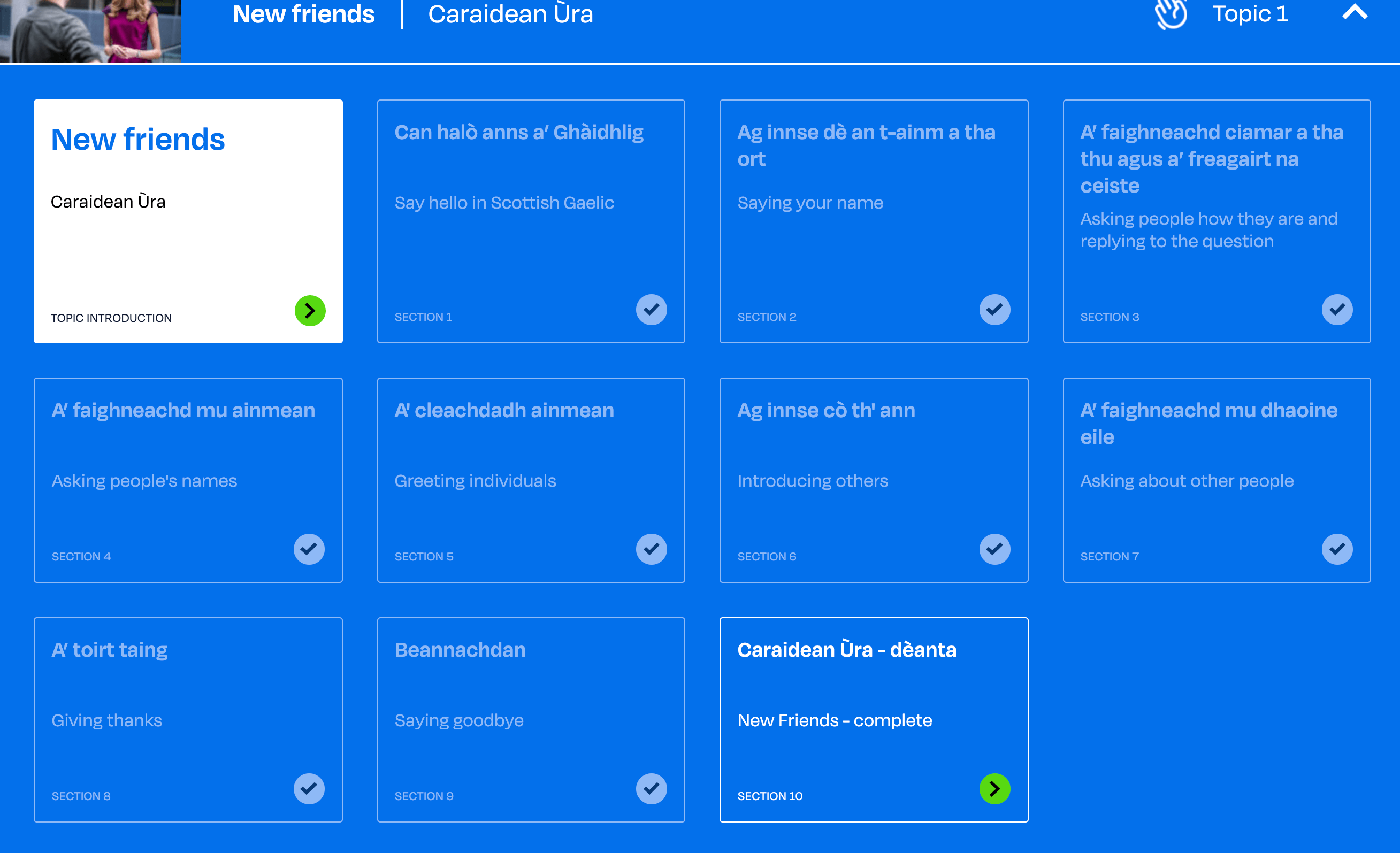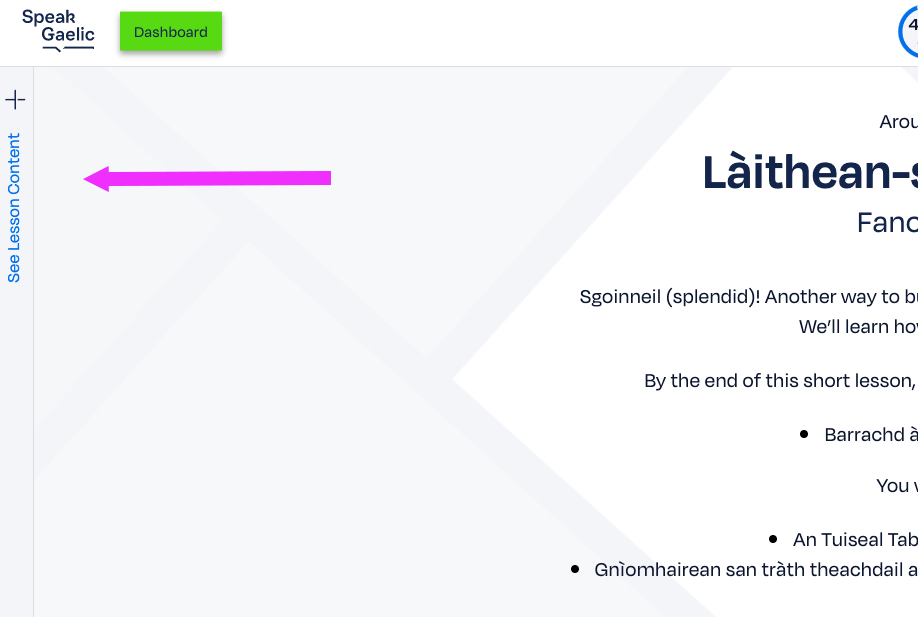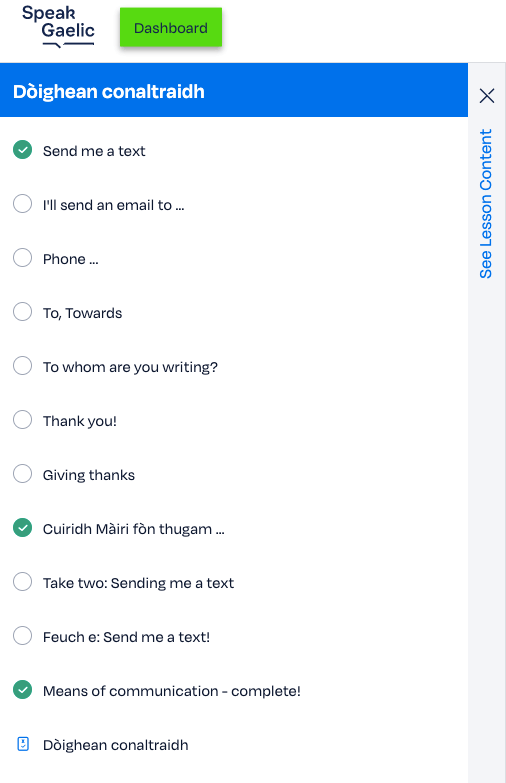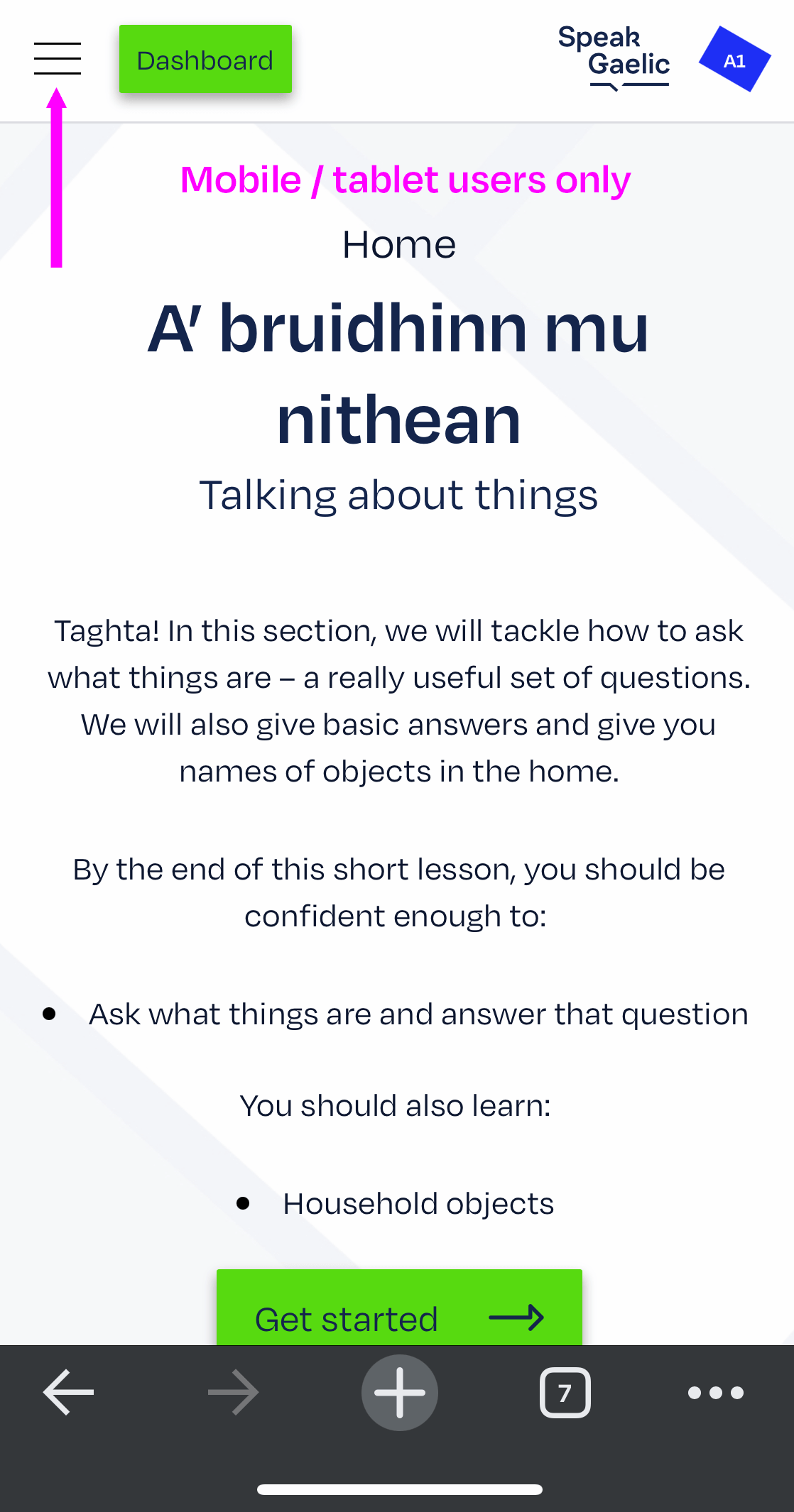Chaidh cìsean a chur suas
Taxes were raised
As we learned in B1 we can use the verb rach (go) to say that something ‘got done’.
This structure causes iomlaid (inversion) when used with direct objects.
While very common, this structure is a bit less formal, using a verb directly in the passive voice:
Chaidh cìsean a chur suas.
Taxes got increased.
Chuireadh cìsean suas.
Taxes were increased.
Thèid seirbheisean poblach a lùghdachadh.
Public services will get reduced.
Lùghdaichear seirbheisean poblach.
Public services will be reduced.
We have now seen several verbs in the passive voice.
We saw examples in the past tense in B1 Cuspair 11: Chualas (was heard) and Chunnacas (was seen) and in Cuspair 24: Fhuaradh (Was got).
In B2 Cuspair 2, we saw the passive voice in the future tense: Chithear and Gheibhear.
In the following tables, the verbs faigh (get), faod (can, may) and feum (need, must) can be seen in the passive voice, in the future tense.
Gheibhear tuilleadh eisimpleirean air 4A Duilleag Mìneachaidh.
| TRÀTH CAITHTE FULANGACH | TRÀTH CAITHTE FULANGACH | ||
| FAIGH | |||
| An d’ fhuaradh? | Was got? | Am faighear? | Will be got? |
| Nach d’ fhuaradh? | Wasn’t got? | Nach fhaighear? | Won’t be got? |
| Fhuaradh | Was got | Gheibhear | Will be got |
| Cha d’ fhuaradh | Wasn’t got | Chan fhaighear | Won’t be got |
| TRÀTH CAITHTE FULANGACH | FULANGACH | TRÀTH TEACHDAIL TFULANGACH | TEACHDAIL FULANGACH |
| FAOD | |||
| Am faodar? | May be? | ||
| Nach fhaodar? | May not be? | ||
| Faodar | May be | ||
| Chan fhaodar | May not be |
| TRÀTH CAITHTE FULANGACH | FULANGACH | TRÀTH TEACHDAIL FULANGACH | TEACHDAIL FULANGACH |
| FEUM | |||
| Am feumar? | Must be? | ||
| Nach fheumar? | Mustn’t be? | ||
| Feumar | Must be | ||
| Chan fheumar | Mustn’t be |




